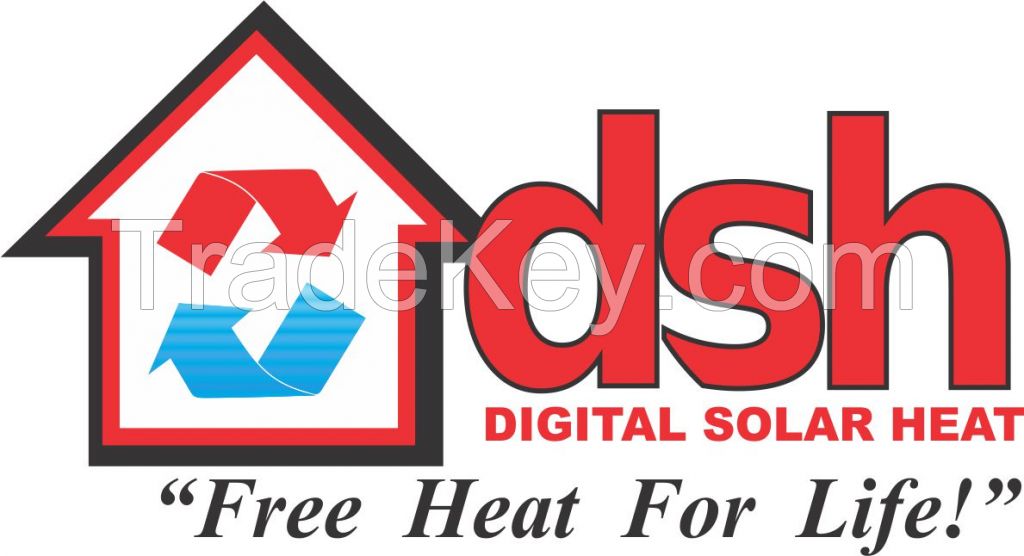

FOB Price
Get Latest Price12000 / Pack
|1 Pack Minimum Order
Country:
New Zealand
Model No:
-
FOB Price:
12000 / Pack Get Latest Price
Place of Origin:
-
Price for Minimum Order:
12000 per Pack
Minimum Order Quantity:
1 Pack
Packaging Detail:
Palleted key elements with Technical designs by PDF
Delivery Time:
FOB
Supplying Ability:
100 Pack per Month
Payment Type:
T/T, D/A, D/P, Western Union, PayPal
Product Group :
-
New Zealand
Contact Person Mr. Ron
44 AROHA AVE, Auckland
| Country: | New Zealand |
| Model No: | - |
| FOB Price: | 12000 / Pack Get Latest Price |
| Place of Origin: | - |
| Price for Minimum Order: | 12000 per Pack |
| Minimum Order Quantity: | 1 Pack |
| Packaging Detail: | Palleted key elements with Technical designs by PDF |
| Delivery Time: | FOB |
| Supplying Ability: | 100 Pack per Month |
| Payment Type: | T/T, D/A, D/P, Western Union, PayPal |
| Product Group : | - |